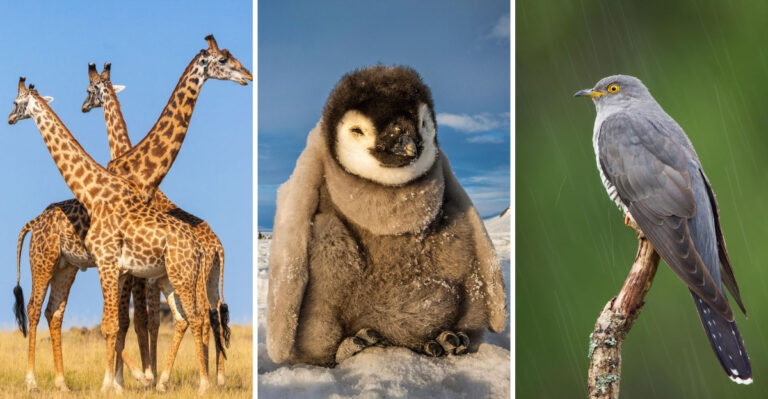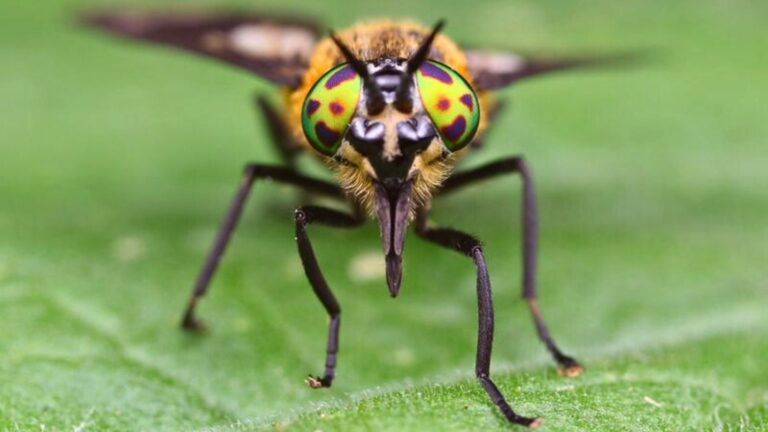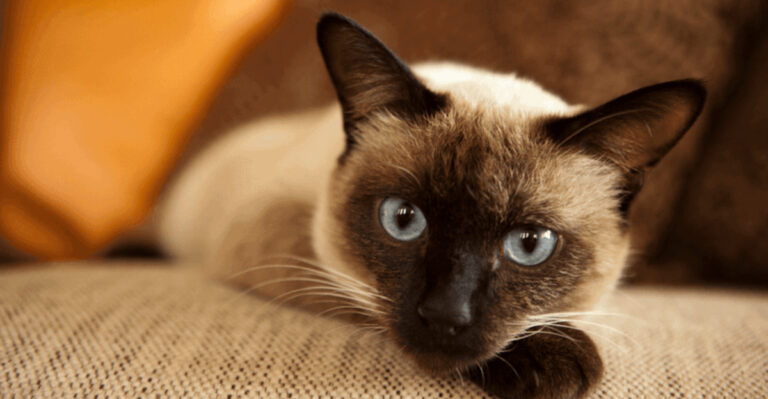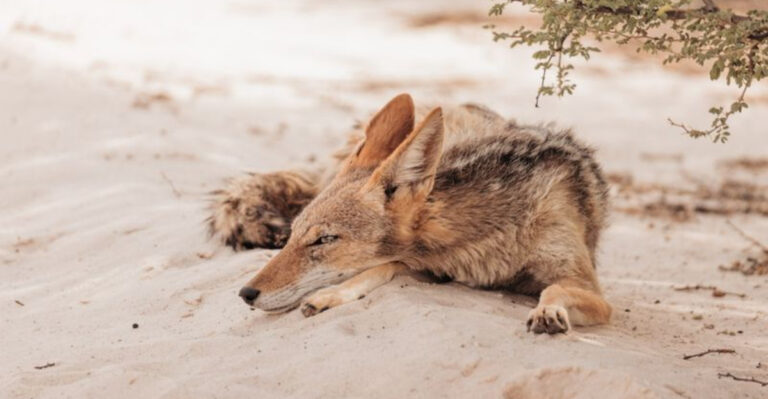17 Wild Cats Of North America And The Risks Of Taming Them
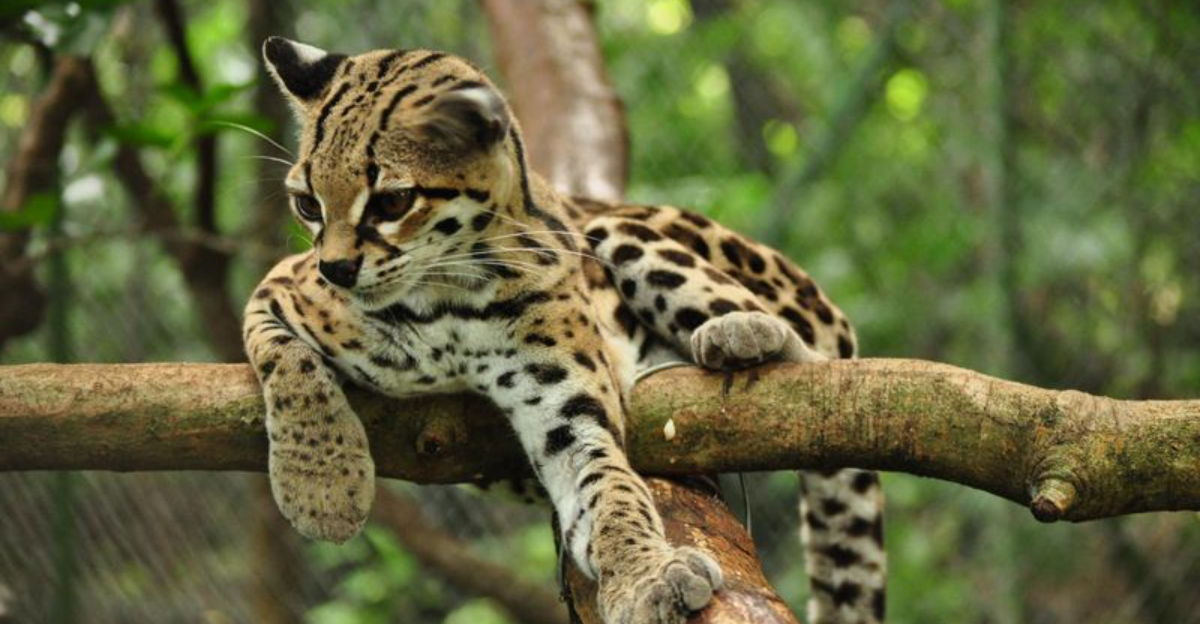
Ever wondered what it would be like to have a wild cat as a roommate? While their majestic presence can be tempting, taming them comes with its own set of challenges.
From the elusive cougar to the stealthy bobcat, these cats have roamed the wild long before humans ever dared to dream of domesticating them. But before you consider inviting one of these wild wonders into your home, it’s crucial to understand the risks involved.
1. Cougar
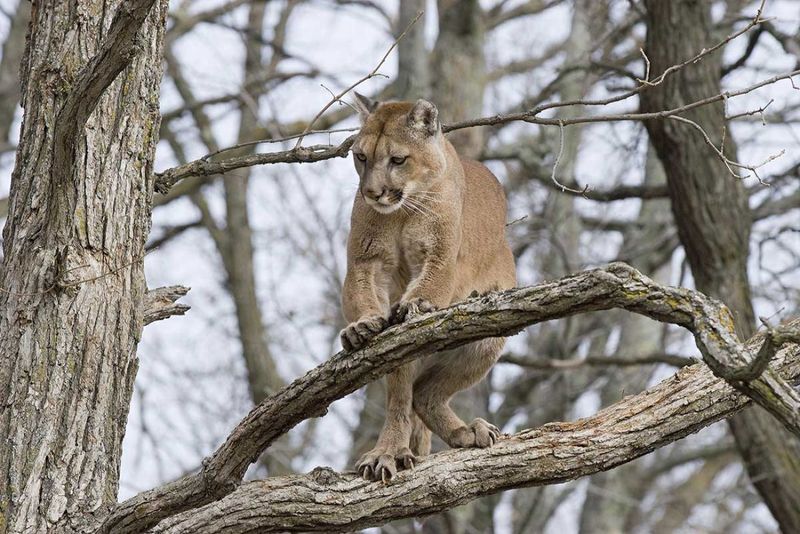
Imagine a feline so stealthy, it can leap over 18 feet in a single bound! The cougar, also known as the mountain lion, is a solitary creature. Its sleek, tawny coat camouflages it perfectly in the wild.
Tempted to tame this agile cat? Think twice! Cougars have powerful jaws and are known for their unpredictable nature. Captivity can lead to anxiety and aggression, making them unsuitable as pets.
2. Bobcat
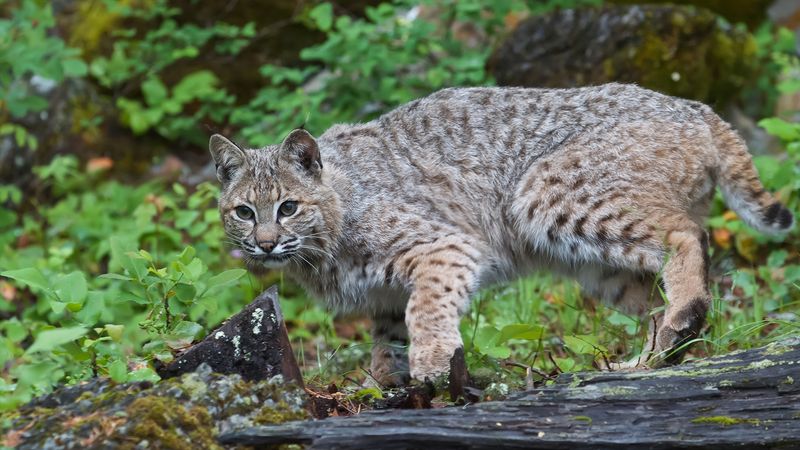
Ever seen a cat with a built-in winter coat? The bobcat’s fur is perfectly designed for insulation. It thrives in various habitats, from forests to swamps.
Bobcats are fierce survivors, and while they may look like oversized house cats, their hunting instincts are sharp. Taming a bobcat could lead to behavioral challenges, as they retain their wild nature and territorial instincts, often feeling confined in domestic settings.
3. Lynx
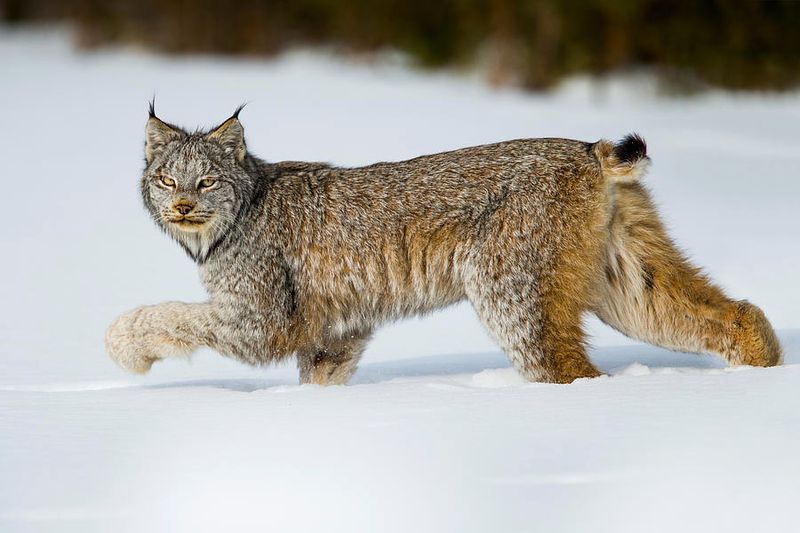
With paws as big as snowshoes, the lynx is built for wintery terrains. Its tufted ears and ruffed face give it a majestic appearance.
Lynxes are elusive, keeping to themselves in the dense boreal forests. Though they might seem calm, they are fiercely independent. Captivity causes stress and frustration, as these cats need vast territories to roam and hunt. Their specialized diet further complicates domestication.
4. Jaguarundi
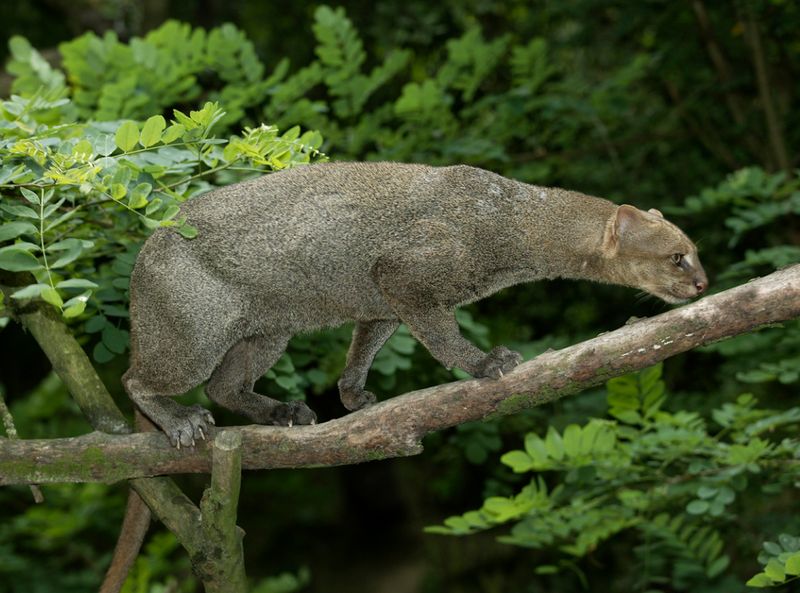
Think of a cat that resembles an otter more than a feline! The jaguarundi’s long body and short legs make it a unique sight. Found in dense shrubbery, it’s a master of camouflage.
While some might find its quirky appearance endearing, taming a jaguarundi is problematic. They are known for their high energy and need for open spaces, which can’t be met in a household environment, leading to stress and behavioral issues.
5. Ocelot
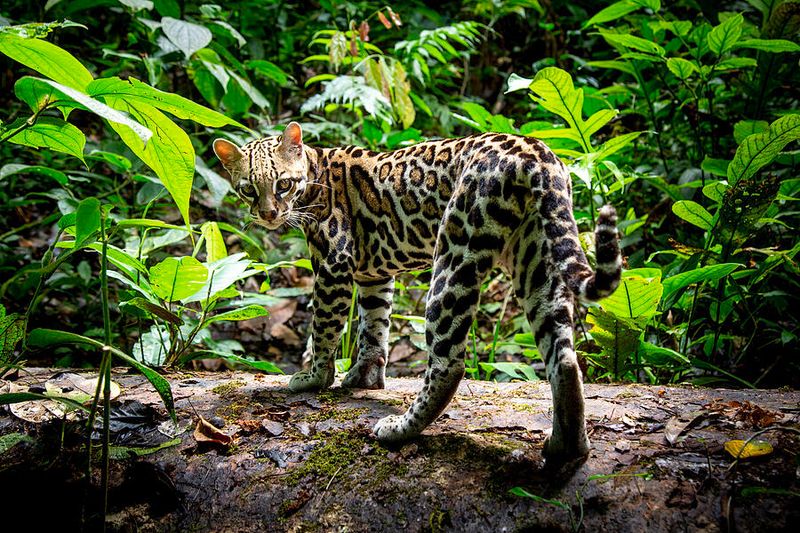
Ever felt mesmerized by a cat’s eyes? The ocelot’s gaze is not just captivating but enchanting. Its fur, adorned with rosettes and stripes, is a work of art.
Living in the dense tropical forests, ocelots are nocturnal hunters. Attempts to domesticate them often fail as they maintain a profound need for solitude and hunting. Their strong territorial instincts make them unsuitable for confinement.
6. Margay

A true arboreal acrobat, the margay can leap through trees with ease, its long tail balancing each step. Its spotted coat is a testament to its rainforest habitat.
Margays are elusive, often solitary creatures. Their need for climbing and hunting in expansive areas makes captivity frustrating for them. Domestication efforts can lead to stress-related health issues, as these cats are not meant to be confined.
7. Jaguar
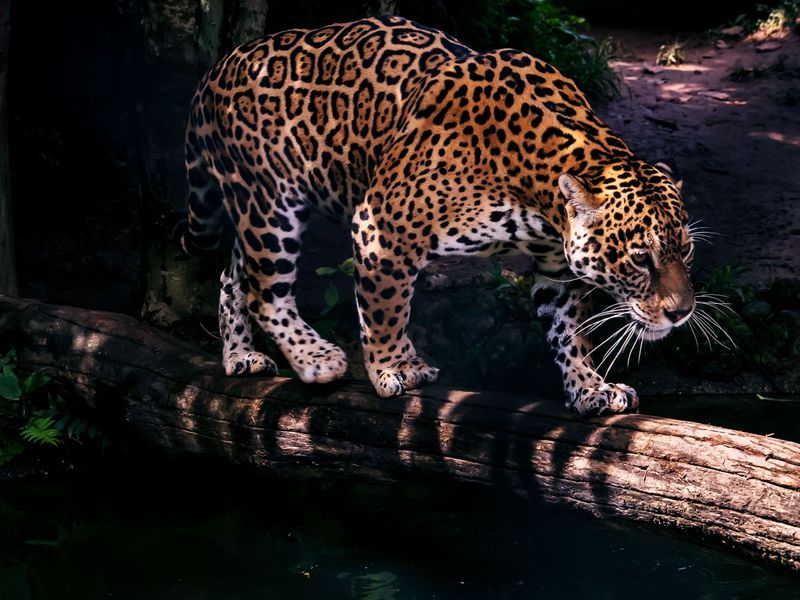
The roar of a jaguar can send shivers down one’s spine. Known for its strength and grace, this big cat is an apex predator of the jungle.
Despite their alluring beauty, jaguars are fiercely territorial and require vast landscapes to thrive. The stress of captivity can lead to aggression and health issues. They’re best admired from afar, where they can roam free and hunt as nature intended.
8. Serval
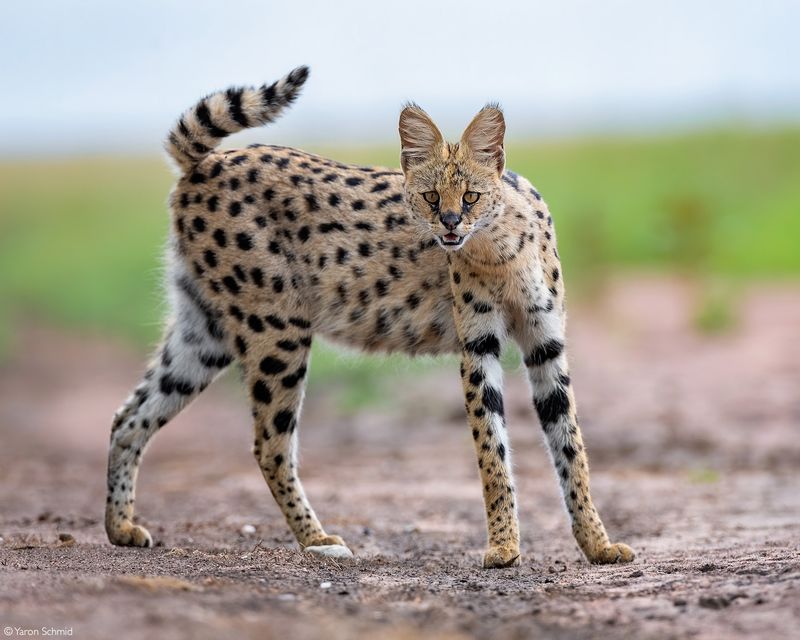
With ears like satellite dishes, the serval has exceptional hearing that aids in hunting rodents in the tall grasses. Its long legs give it an elegant stride.
While they might look regal, servals are not suited for home life. Their need for space and hunting can lead to destructive behavior in captivity. They thrive in the wild, where their natural instincts can be fully expressed without restriction.
9. Puma
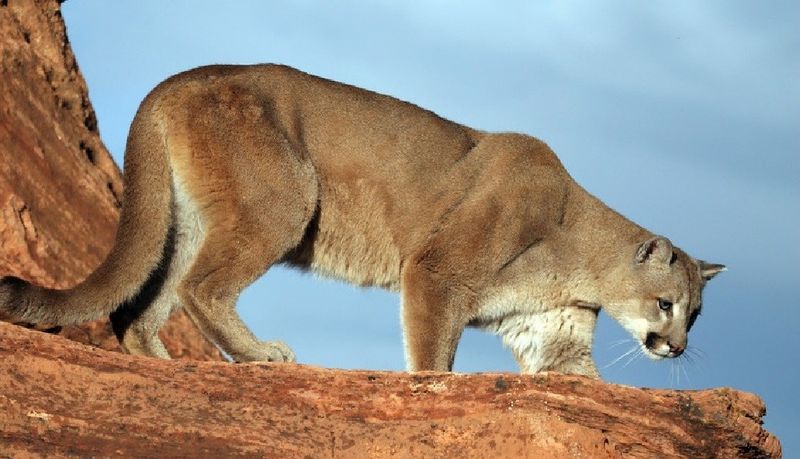
Stealth and power define the puma, a cat known for its adaptability across various environments. Its sleek form is a marvel of feline evolution.
Though pumas may appear majestic, they are solitary and require large territories. Captivity leads to stress and behavioral issues, as these cats struggle to adapt to confined spaces. Their instinctual need for freedom makes domestication impractical and risky.
10. Cheetah
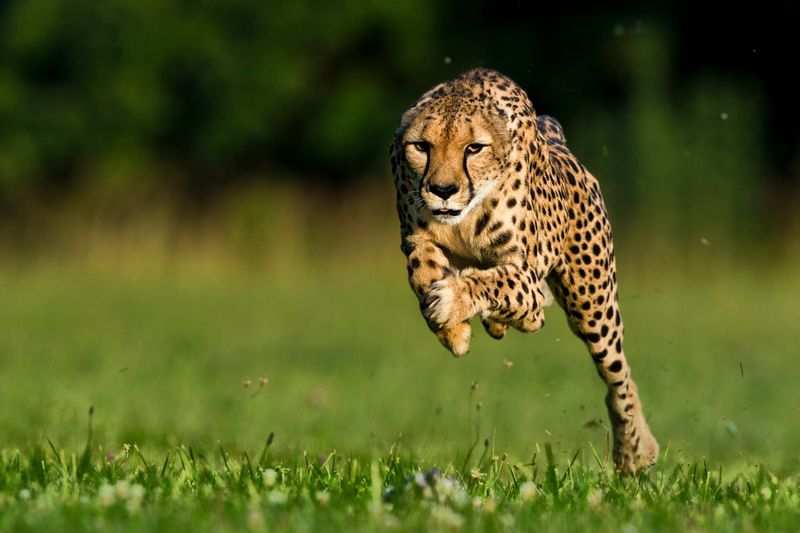
Speed is the cheetah’s middle name! This cat can reach 60 mph in just a few strides, making it the fastest land animal.
Admired for its swiftness, the cheetah’s need for speed and space makes it unsuitable as a pet. Captivity restricts their ability to run, leading to stress and health issues. They’re best observed in their natural habitat, where they can sprint freely.
11. Rusty-spotted Cat

Small but mighty, the rusty-spotted cat is one of the tiniest wild cats, yet its hunting prowess is impressive. With a coat that blends seamlessly into the forest floor, it’s a stealthy presence.
Despite their size, these cats require vast areas to roam and hunt. Domestication is challenging as they maintain their wild instincts, leading to stress in captivity. They thrive in the wild, where their natural behaviors can flourish.
12. Caracal
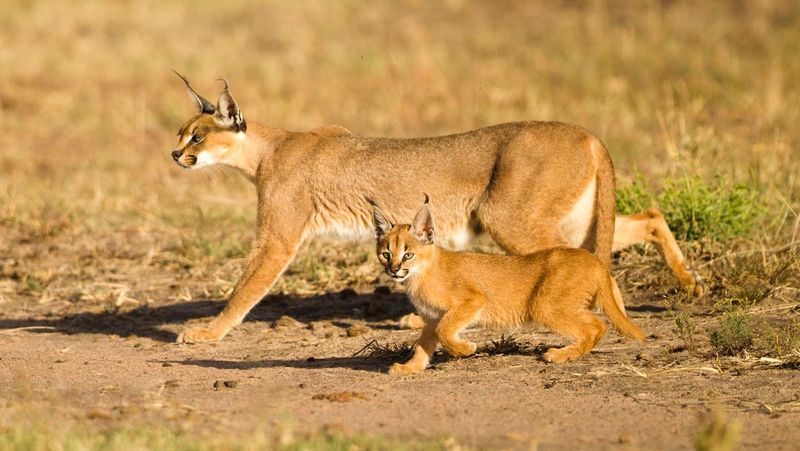
Those tufted ears aren’t just for show! The caracal can leap up to ten feet in the air to catch birds mid-flight.
While their impressive agility is captivating, caracals are not suited for domestication. Their strong hunting instincts and need for space make captivity stressful, leading to behavioral problems. They’re best admired from a distance, where they can exhibit their natural prowess.
13. Fishing Cat
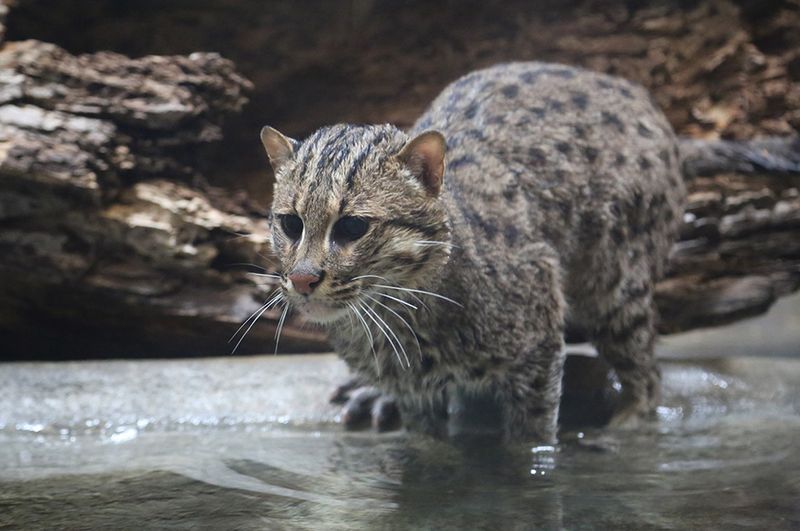
A cat that loves water? Yes, the fishing cat is an adept swimmer and hunter, often diving for fish in swamps and rivers.
While their aquatic talents are intriguing, fishing cats require specialized environments to thrive. Captivity limits their ability to swim and hunt, resulting in stress and frustration. They belong in the wild, where their unique skills can be fully exercised.
14. Clouded Leopard
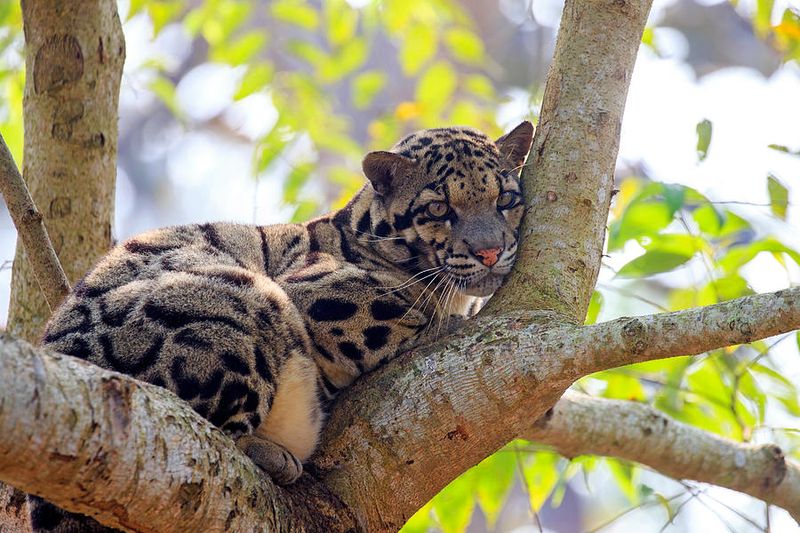
Its name says it all—clouded leopards have a coat patterned like fluffy clouds. These arboreal acrobats spend much of their time in trees.
Though they possess a mysterious allure, clouded leopards are not fit for taming. Their need for vast territories and natural hunting behaviors make captivity detrimental to their wellbeing. They thrive when left to roam free in their native habitats.
15. Snow Leopard
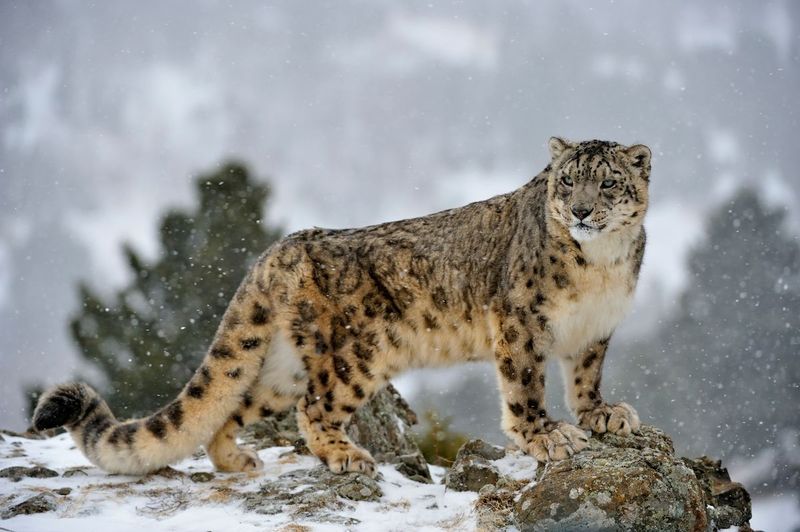
Mystical and elusive, the snow leopard is a master of cold terrains, its thick fur and long tail perfectly adapted to the mountain chill.
While their beauty is mesmerizing, snow leopards face significant stress in captivity. They require large territories to roam and hunt, making domestication impractical. Their conservation in the wild ensures that these incredible creatures continue to grace the mountaintops.
16. Sand Cat

The sand cat is a master of the desert, with a coat that mirrors the sandy dunes. Its small size and big ears make it an adorable yet fierce survivor.
Though its size might suggest a house pet, sand cats are wild at heart. Captivity disrupts their natural behavior, leading to stress and health issues. They’re best suited to their natural desert environment, where their survival skills shine.
17. Flat-headed Cat
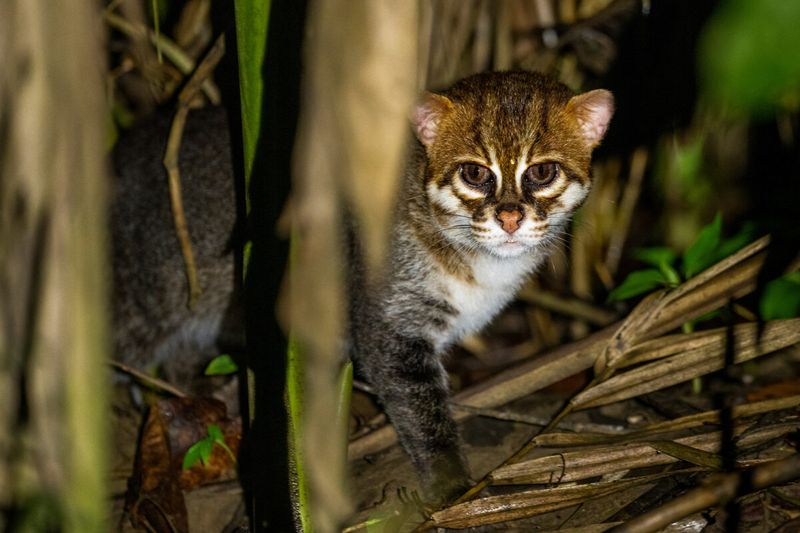
With a face like no other, the flat-headed cat is a skilled fisher, often seen near water bodies. Its distinct features set it apart.
Despite its endearing appearance, taming this cat is not advisable. Their need for aquatic environments and hunting practices makes captivity challenging. They thrive in the wild, where they can follow their instincts and maintain their way of life.

